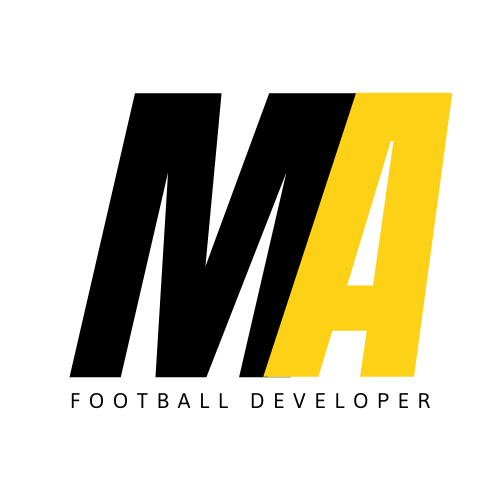ABOUT MIGUEL ALTARES
I'm Miguel Altares, born in 1992 in Madrid, Spain, and the founder of MAFD. From a very young age, my passion was kicking a ball, but it wasn't until I was 7 years old that I got the chance to compete and play for a team. Back in the day when smartphones and video game consoles weren't as prevalent, I couldn't begin to count the hours I spent kicking a ball in parks, on street courts, sometimes even on the streets. Every game felt like a Champions League final!
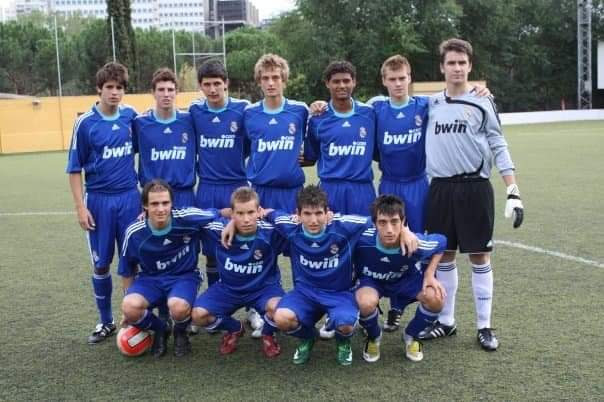
Shortly after that, I moved on to a team competing at higher levels, like E.F. Arganda. At the age of 11, I received a call from Real Madrid to join their pre-season training in 2003, the same year they signed David Beckham and Miguel Altares. That marked the beginning of the longest period in my life wearing the same jersey.
1. REAL MADRID EXPERIENCE
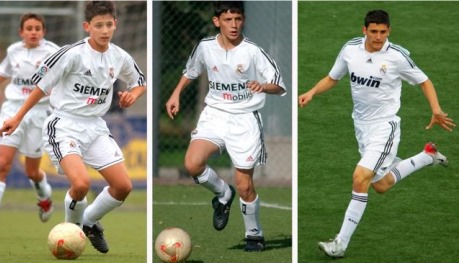
I competed at Real Madrid for 7 years, but what we did there wasn't just playing; it was competing. The level of demand is hard to imagine if you haven't experienced it. They trained us to give our all, even during warm-up. There were no meaningless exercises, and on the field, there were no friends.
"If you had the chance to outperform your opponent, you had to seize it".
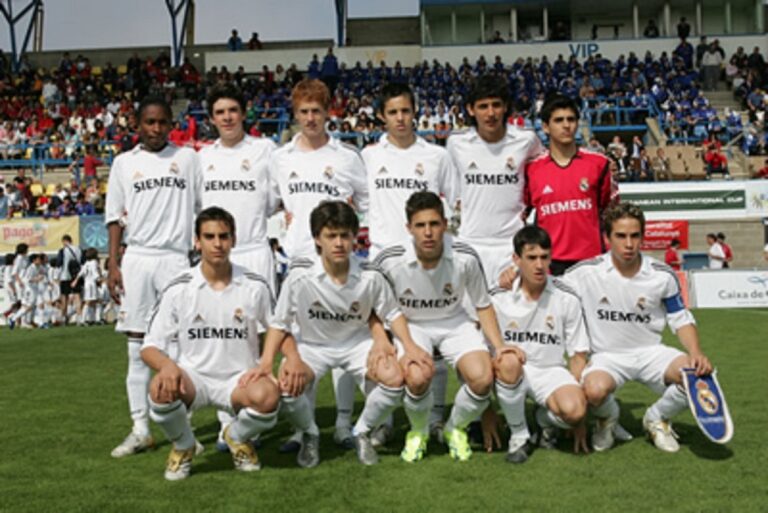
Over those seven years, at the end of each season, between 30% and 50% of the squad were either invited to find new teams or were let go. I recall those tense moments before meeting with the management to learn how the year had gone and if you would continue or... not. I'm one of the rare exceptions among youth players at Real Madrid who can say that I was never told 'no.' It was my decision when circumstances (I saw that the coach wasn't planning to make me a regular starter at 18) led me to talk to the management about leaving for Villarreal.
2. Villarreal

As I mentioned, the next chapter took me to Villarreal, which was a lovely experience and helped me appreciate the scale of my previous journey. Villarreal boasts one of Spain's best youth academies, but I realized that the level, compared to Real Madrid, was significantly lower. That's when I understood how challenging it is to play in the all-white of Real Madrid and survive year after year in what's essentially a national selection.
After two years at Villarreal, they did say 'no.' They told me they wouldn't renew my contract, and I found myself transitioning to what many call 'real football.' I played in the Spanish third division at 20 years old with Puerta Bonita, and we were fortunate enough to earn promotion. The following season, I played half the time there and the other half with Levante B. While I trained occasionally with the first team in La Liga, I never really saw a realistic chance of making my debut with them.

3. What comes next? Italy
After spending a couple more years with two different teams in Spain, I received an offer to move to Italy. An opportunity came my way, and I seized it. I spent five and a half seasons in Italy, and I can only say good things about the country. I saw a slightly different football culture, one that seemed more focused on tactics than technique.
After a few years, I encountered a coach whom I'd consider one of the best, if not the best, in my career. At the age of 28, he introduced me to an entirely different approach to football, and he convinced me that it was better. To this day, I proudly adhere to his style. His name is Roberto Capellacci, and he was a prominent player in the Italian Serie B for many years.
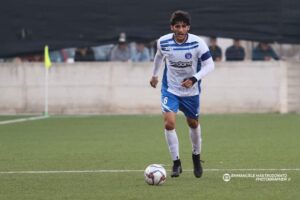
4. My unexpected opportunity on the other side of the globe: Australia
After those years in Italy, during which we won the league title three times with different teams, I felt the need for a change. The opportunity to go to Australia with Pascoe Vale presented itself, and I hopped on a plane without thinking twice. It was here in Australia that I realized 'what I wanted to do when I grew up.' People always told me, 'You're going to be a soccer coach or a sports director when you retire.' Perhaps it was my personality or my style of play, but many teammates throughout my career suggested that they saw me taking on that kind of role.
When I arrived in Australia and witnessed the raw potential the players had in this country, I was completely blown away. I used to think that outside Europe, people were 'bad' at soccer. When you think of 'bad' players, you imagine people lacking coordination, poor technical skills, and you assume they would be physically inferior. I thought it was a sport that hardly anyone played. However, when I arrived in Melbourne, I was amazed at how fast some of my teammates were, how they struck the ball, and their overall physical capabilities. WOW! I realized that the players have a lot of potential.

Why do major nations like Australia struggle to compete at a high level, individually and collectively?
Sure, you could see some brilliant individual moments, but, more often than not, they weren't part of cohesive team plays. Decision-making wasn't great, positioning was lacking, and the tactical aspect of the game was, generally, quite poor. In short, in this country, as I imagine in many others not in the European continent where soccer is the primary sport that kids grow up with, there is a lot of room for improvement in terms of game understanding. I absolutely love teaching. I've been teaching what I love most in life, soccer, for several years now. In my first year, I worked at a private academy. But I soon realized that I enjoy teaching in my own way and not being limited in what I can impart to kids. So, I took the plunge to teach independently with MAFD, and it has been the best decision of my life so far.

Unraveling the most popular an Intriguing question behind my story
Who were the players that shared the journey with me?
Many went on to play professionally, but the most recognizable names include Dani Carvajal (one of the captains of the current Real Madrid), Alvaro Morata (striker for Atlético Madrid), and Pablo Sarabia (Spanish international and ex-PSG player) – these are the most prominent players I shared the field with at Real Madrid. I also had the privilege of playing alongside Gerard Moreno at Villarreal.
But here's an interesting anecdote I'll save for later [KEEP READING TILL THE END] in my story: I trained with a player who has been a near-Ballon d'Or winner, if I recall correctly, two or three times, and he's extremely famous.
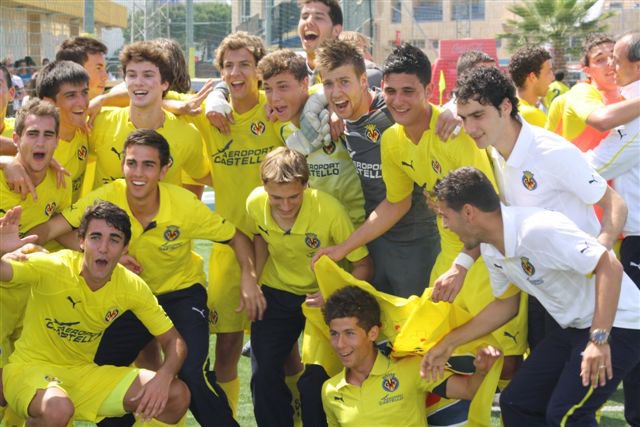
Who has been the best player I have shared field with?
By the way, do you want to know who I was friends with and shared training sessions with for 15 days? I bet you've heard of him. He's the number 10 from Brazil, and I've seen very few ball magicians like him. I'll share a picture from those days at Real Madrid for reference. Neymar was on the picture, and who was on the central back position? After reading this text, you also know him. It's me.
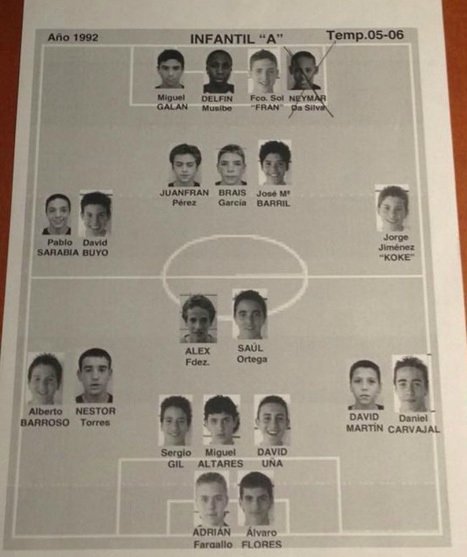
I want you to know that if you decide to use any of OUR SERVICES we'll do everything in my power to provide you with the highest quality. We love our work, and we're passionate about everything we do. All of my collaborators are positive and energetic individuals who are passionate about their work, and, of course, they have knowledge far above the average to help you reach your peak, day by day, step by step, match by match. That's the most fulfilling goal I could have today.
"Playing with passion is not optional"
I successfully became a professional soccer player. For more information on how you can achieve this, click the button below.

